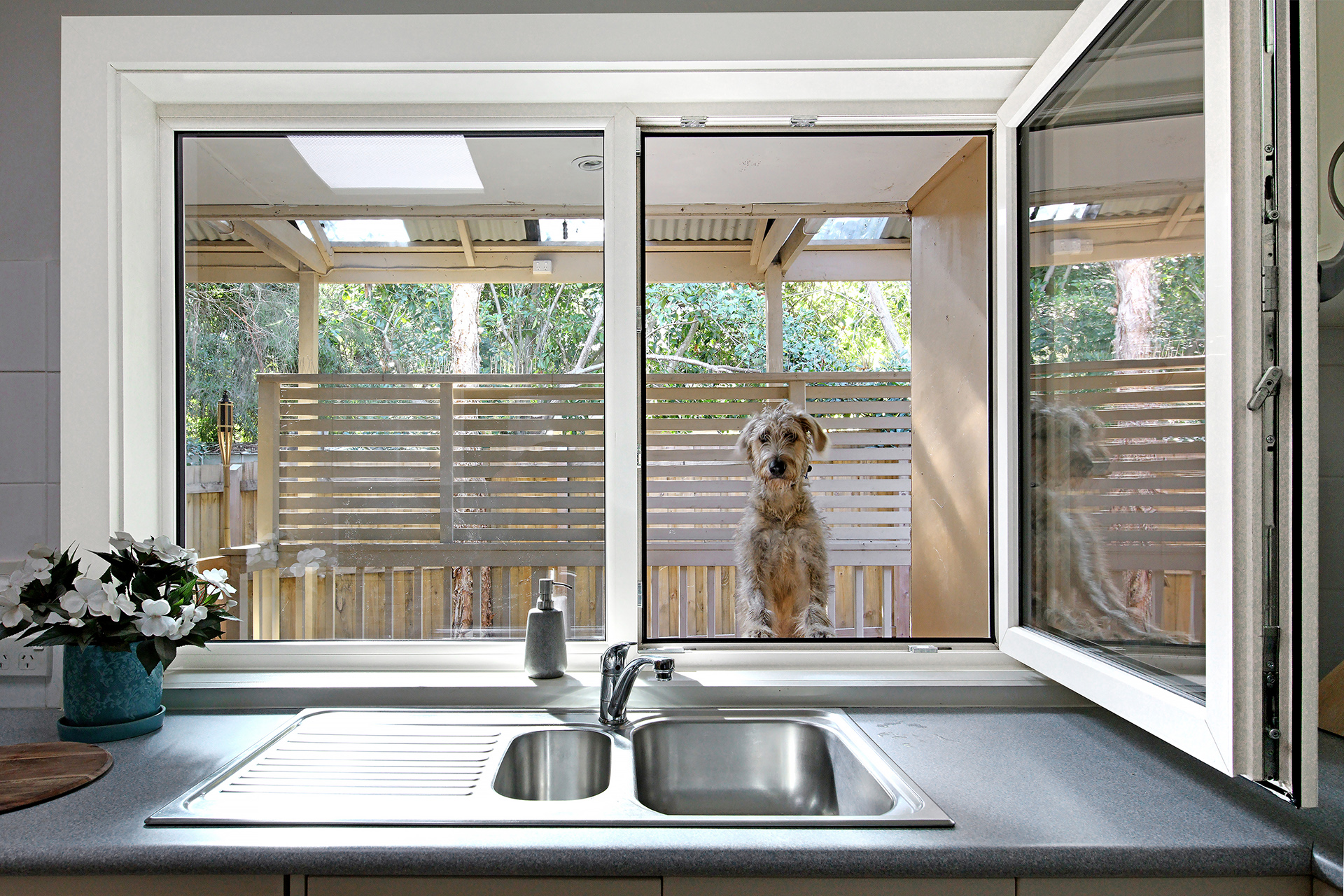All Categories
Featured
Table of Contents
Single Glazed Vs Double Glazed Windows - Ultimate Guide in Huntingdale WA
That window can transmit more solar heat in winter season than in summertime. A west-facing window on a summer season's afternoon has an angle of occurrence from near 0 up to 30 with a large effective location of solar radiation. A north-facing window, in summer season, has a high angle of incidence and a low reliable location of solar radiation, so can transfer less heat than a west-facing one.

You can rapidly and easily improve the thermal efficiency of your home by replacing your windows. This is one of the most effective approaches of restoration to accomplish better thermal convenience. There are countless kinds of glass and frames to pick from. Selecting the ideal ones is essential to improving the energy efficiency of your house.
Double Glazed Windows in Padbury Perth
Single glazing with clear glass is not really efficient when it comes to heat loss or gain. To enhance efficiency, you can utilize single glazing with a more energy-efficient type of glass such as low emissivity (low-e) glass.
Multiple layers can be put together with sealed cavities between each sheet of glass. IGUs usually offer better energy performance than single glazing, since they transfer less energy. The energy efficiency of IGUs likewise depends on: the residential or commercial properties of each layer of glass. Different glass types (for instance, clear and low-e glass) can be put together in an IGU.
Double Glazing For Warmer Temperature : R/melbourne in Ferndale Western Australia

IGU cavities can be filled with air or a more inert, low-conductivity gas such as argon the width of the cavity. Broader cavities provide lower (much better) U values, with 12mm generally accepted as the preferred gap how well the cavity is sealed.
If argon is set up to the cavity in place of air, moisture is reliably left out the level of desiccant (drying representative). The spacer (metal or polymer strip) that separates the glass layers consists of a desiccant to take in any wetness. Inadequate desiccant might trigger moisture to condense on the glass surface in cold conditions, lowering thermal efficiency.
Why Install Stunning Double Glazing Windows During Summer? in Cooloongu Western Australia
IGUs can deliver better energy efficiency for all environments, specifically in heated and air-conditioned homes. Cross-section detail of single, double and triple-glazing systems Low emissivity glass (commonly called low-e glass) minimizes heat transfer. Low-e glass might be either high or low transmission: High transmission low-e glass has a finish that permits daytime from the sun to enter the house to attain good solar heat gain, but lowers the quantity of the long wavelength infrared heat that can leave back through the window.
Low-e glass has either a pyrolytic covering or a vacuum-deposited thin film metal finish. Pyrolytic finishings are resilient and can be utilized for any glazing; vacuum-deposited coverings are soft and are just utilized within IGUs. Low-e finishings can substantially enhance both U value and SHGC; however, they should be utilized correctly or they will either weaken or stop working to carry out as required.
Benefits Of Replacing Double Glazing Windows In The Summer in Beckenham WA
Low-e coverings can be utilized in combination with clear, toned or reflective glass. Low-e finishings on glazing can lower heat transfer where needed Photo: Department of Market, Science, Energy and Resources Toned glass has colouring additives consisted of throughout manufacture. It is readily available in numerous colours, usually bronze, grey, blue and green.
Latest Posts
Double Glazed Windows: A Complete Guide in Kelmscott WA
How Does Double Glazing Keep Heat Out? in Lathlain Western Australia
A Complete Guide To Double Glazed Windows in Wembley Downs WA